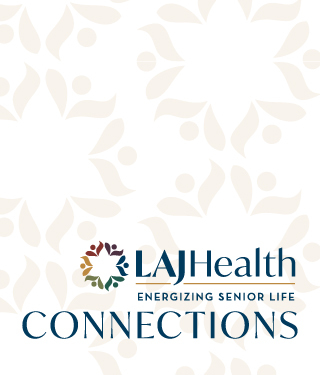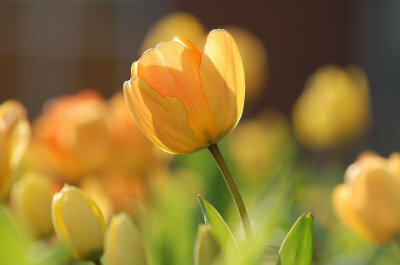Growing During the High Holy Days


Growing During the High Holy Days

With the High Holy Days coming soon, Jewish Home e-Connections sat down with Rabbi Karen Bender, director of spiritual life for the Los Angeles Jewish Home, to discuss a central theme of the holidays: growth and change.
One of my favorite Jewish stories is attributed to the Chafetz Chaim, an influential Eastern European rabbi, 1839-1933. When asked how he had such an impact as a great sage and leader in the 20th century Jewish world, the Chafetz Chaim answered, “I set out to change the world but I failed. So I decided to scale back my efforts and only try to influence the Jewish community of Poland, but I failed there too. So I targeted the community in my home town of Radin, but achieved no greater success. Then I gave all of my effort to changing my own family, and failed at that as well. Finally, I decided to change myself, and that’s how I had such an impact on the Jewish world.”
The High Holy Days are about changing ourselves.
As 21st century American Jews, we tend to focus our efforts upon repairing what is wrong around us. Some are active on issues of social justice. This year some are active in the elections. Some are active in helping the Jewish community, including the Los Angeles Jewish Home. And, of course, this is so important as it constitutes Tikkun Olam, world repair. I, myself, hope to look back on my own life as a citizen of Los Angeles, an American citizen and as a Jew someday and be able to proudly say I made a difference in important causes and institutions.
We also need to heal and change our souls. The ten day period between Rosh Hashana and Yom Kippur is the ideal time to jump start that practice. During the High Holy Days we call it “Tshuva,” or “Repentance,” but I prefer to call it, “growing.” This work is never done. It is a lifelong process and opportunity. And for our residents this is extremely important. While most of them are past the point of truly being able to be activists with their time or resources, they can always improve as human beings and they do. They are my inspiration.
As Alan Morinis recounts in his book, Everyday Holiness, Rabbi Yerucham Levovitz guides his students along these lines in the following way. One beautiful Spring day, when a group of boys gathered in his house to study, the rabbi rushed into the room and had a very agitated look on his face. He cried out, “I just came from the street and I saw that all around me everything was growing. Why are you not growing!?”
Change is possible. Growth is imperative. You are like a garden.
Shana Tova!